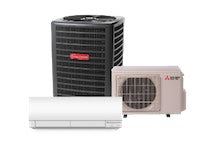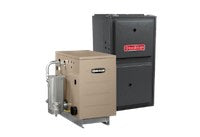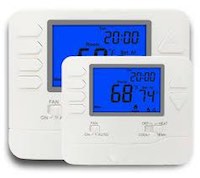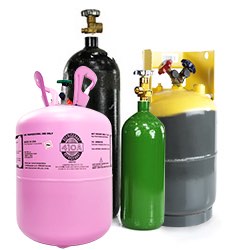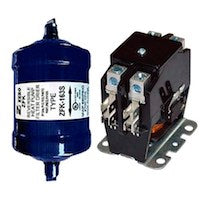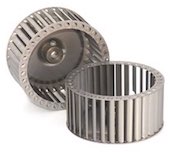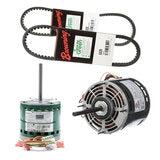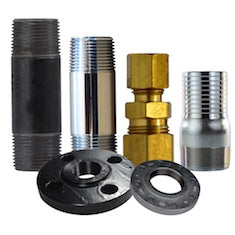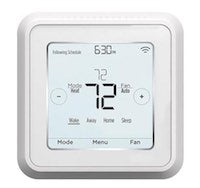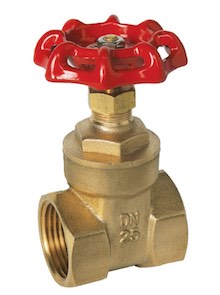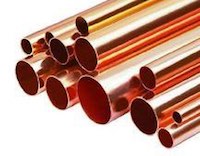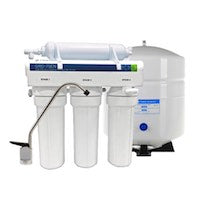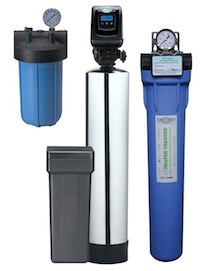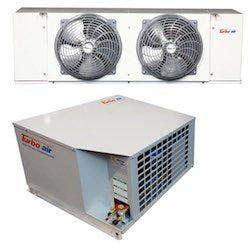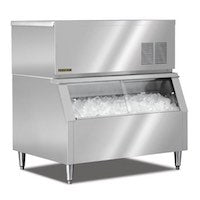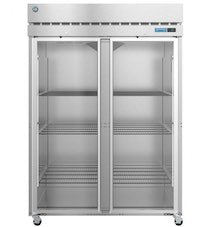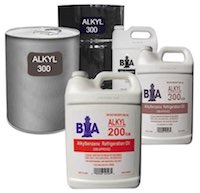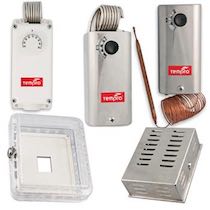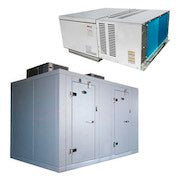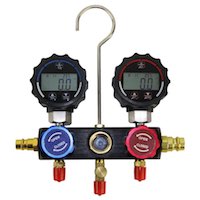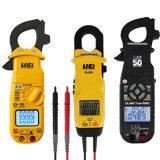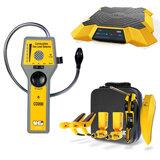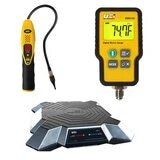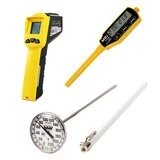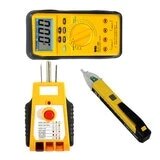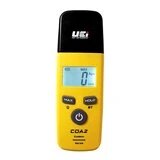
Refrigeration Valves: Essential Components for Efficient Cooling Systems
Refrigeration valves play a crucial role in the performance and efficiency of cooling systems. These components are responsible for controlling the flow of refrigerant, ensuring optimal operation and energy efficiency. Whether in commercial refrigeration, air conditioning, or industrial cooling applications, high-quality refrigeration valves are indispensable.
Types of Refrigeration Valves
Thermostatic Expansion Valves (TXVs)
TXVs regulate the flow of refrigerant into the evaporator, adjusting to load changes to maintain the desired temperature.
They ensure precise control, enhancing system efficiency and reducing energy consumption.
Solenoid Valves
These valves control the flow of refrigerant by opening and closing in response to electrical signals.
Solenoid valves are commonly used for on-off control in refrigeration circuits, contributing to automated and efficient operations.
Check Valves
Check valves allow refrigerant to flow in one direction, preventing backflow and protecting the system components.
They are essential for maintaining the integrity and performance of refrigeration systems.
Pressure Relief Valves
Designed to protect the system from overpressure conditions, these valves release excess pressure to ensure safe operation.
Pressure relief valves are critical for preventing damage and ensuring the longevity of refrigeration systems.
Benefits of Using High-Quality Refrigeration Valves
Energy Efficiency: Properly functioning valves contribute to optimal refrigerant flow, reducing energy consumption and operating costs.
System Protection: By maintaining correct pressure and preventing backflow, these valves safeguard system components from damage.
Enhanced Performance: High-quality valves ensure stable and efficient cooling performance, crucial for both commercial and industrial applications.
Reliability and Durability: Investing in durable valves means fewer replacements and maintenance issues, leading to long-term savings.

 HVAC
HVAC
 Plumbing
Plumbing
 ELECTRICAL
ELECTRICAL
 Tools & Test Instruments
Tools & Test Instruments
